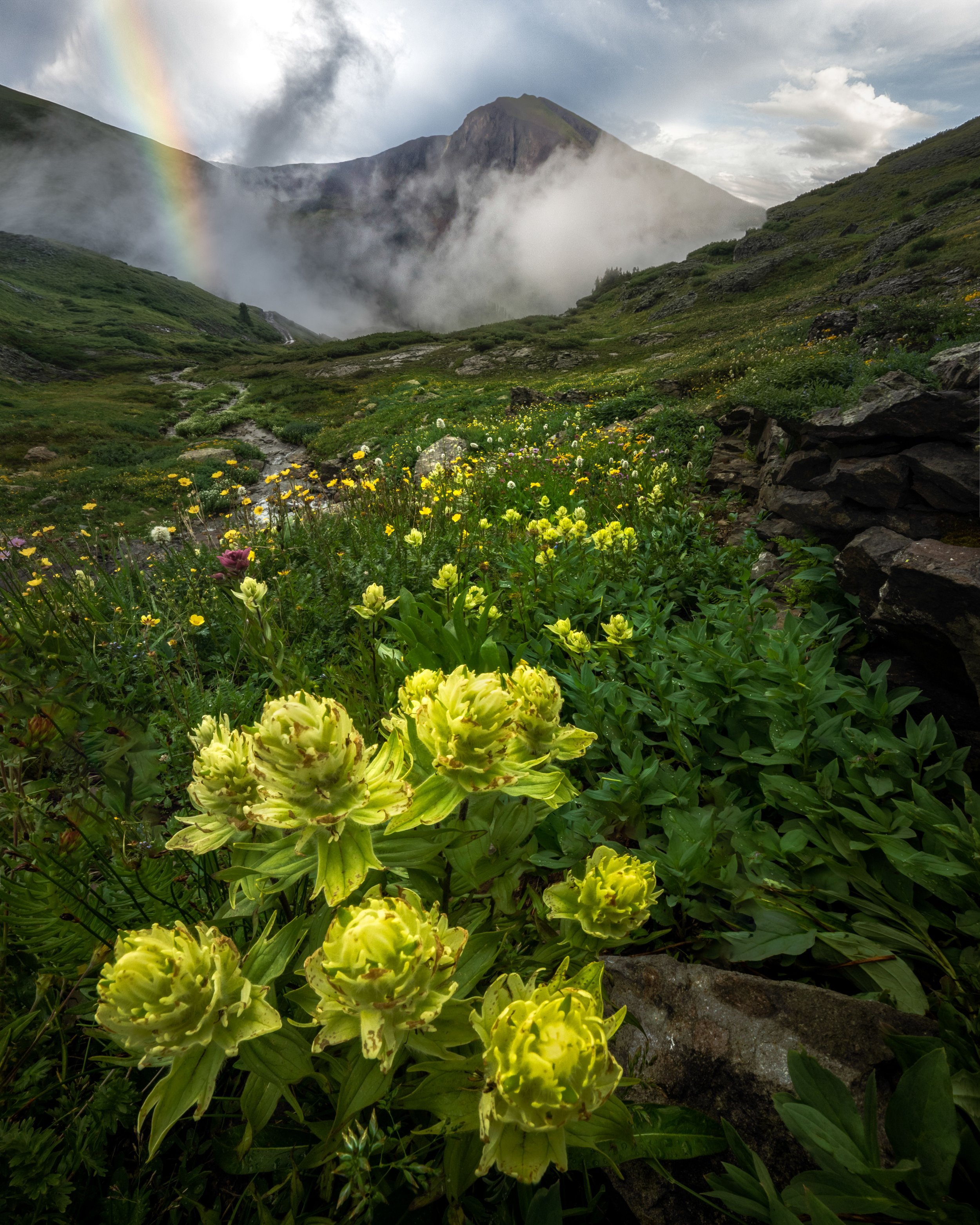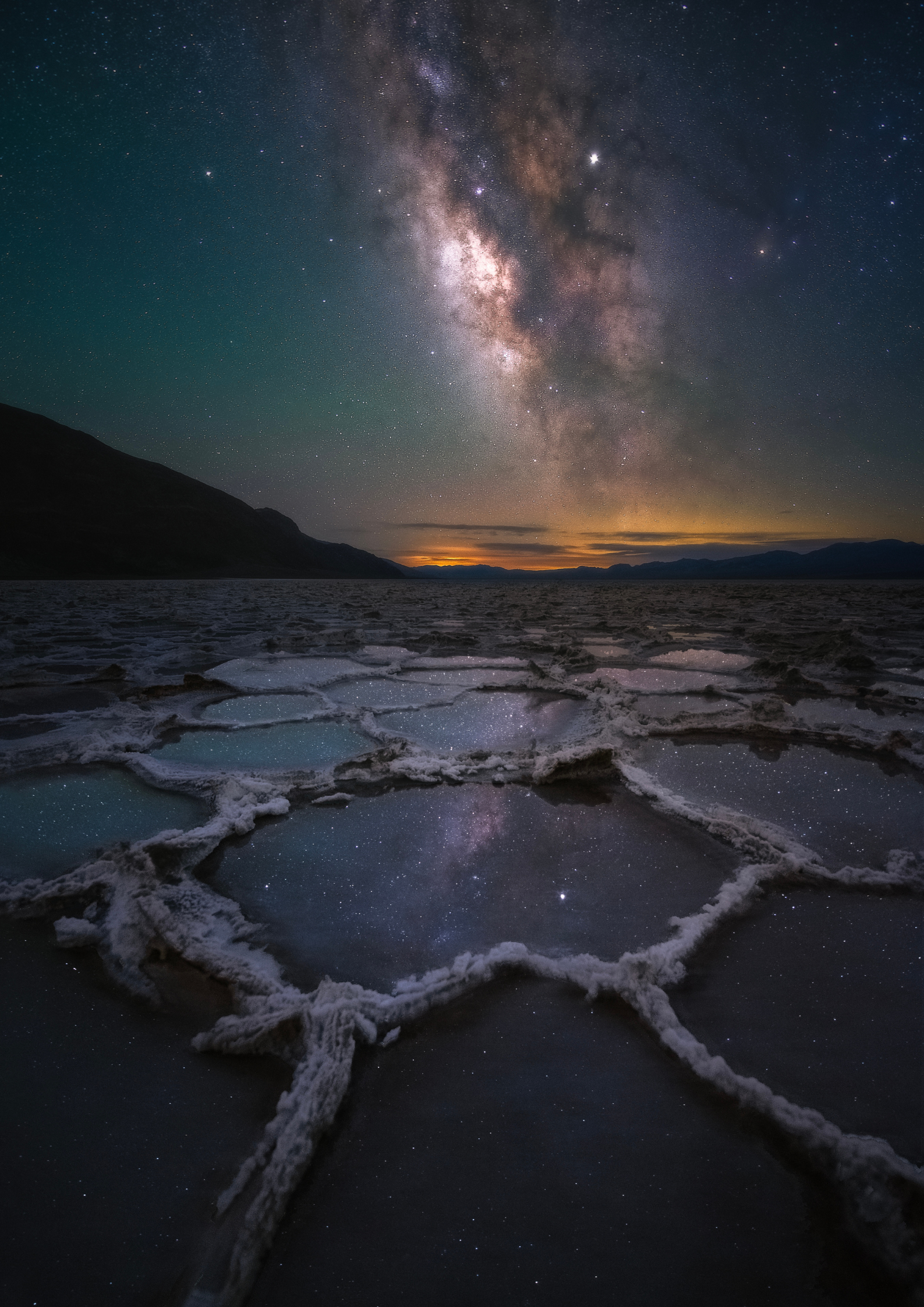Written by Jessica Santos
Are you an aspiring landscape photographer looking to frame the perfect shot? Before you head out to your next destination, make sure you know these five mistakes to avoid in landscape photography. We'll take a look at common missteps, and why they can ruin your shots. Don't worry, with a few simple tips you'll be a master of the outdoors in no time!
Landscape photography is one of the most rewarding genres of photography, but it can also be one of the most challenging. Capturing the beauty of nature requires patience, skill, and a keen eye for detail. Unfortunately, even the most experienced landscape photographers can make mistakes that compromise the quality of their images. In this post, we will explore the 5 biggest landscape photography mistakes you can easily avoid.
Mistake #1: Not Paying Attention to the Weather
The first and biggest mistake many landscape photographers make is not paying enough attention to the weather. Weather conditions can make or break a landscape photograph. A sunny day might be great for a day at the beach, but it can be a nightmare for a landscape photographer. On the other hand, a cloudy or overcast day can provide the perfect lighting conditions for capturing stunning landscapes.
Many photographers make the mistake of shooting in harsh sunlight because they think it will make their images look more vibrant. But the reality is that harsh light can wash out the colors and create unflattering shadows. Instead, you should aim to shoot during times like the "golden hour" – the hour after sunrise and the hour before sunset – when the light is soft and warm.
Of course, it's not always possible to plan your shoots around the weather, but checking the forecast and adapting your plans accordingly can greatly improve the quality of your images. Even cloudy or stormy weather can provide drama and depth to your images. Take advantage of different weather conditions, and you’ll end up with a varied and dynamic portfolio.
Mistake #2: Forgetting to Bring a Tripod
Landscape photography requires stability, and a tripod is a must-have accessory. A shaky hand can ruin an otherwise fantastic shot. The tripod helps keep your camera steady, allowing you to capture sharp, detailed images. Plus, it frees up your hands to adjust settings and compose your shot. Without a tripod, your images are likely to be blurry, especially if you're shooting in low light conditions. Without a tripod, your images are likely to be blurry, especially if you're shooting in low light conditions. If you're not using a tripod, you're missing out on some of the best shots you could be taking.
Even if you think you can get away with handholding your camera, it's always a good idea to bring a tripod just in case. It can also give you more creative options, such as focal length blends, focus stacking, long exposures or panoramas.
“Remember in the end, above all, your photography is your art, never sacrifice your vision to do what is expected.”
Mistake #3: Ignoring Composition
Composition is a vital part of any photograph, but it's especially important in landscape photography. Not composing your shot can result in a boring or unbalanced image. A great composition will draw the viewer's eye into the photograph and make them want to explore it. Remember the rule of thirds, leading lines, and the foreground, middle ground, and background. With these guidelines, you can create a composition that is both aesthetically pleasing and tells a story. A well-composed image can take an ordinary landscape and turn it into a masterpiece.
Many photographers make the mistake of simply pointing their camera at a beautiful scene and taking a snapshot without thinking about how they can create a more interesting composition. To avoid this mistake, take the time to explore your surroundings and experiment with different angles and perspectives. Try using the rule of thirds or leading lines to create a more dynamic composition.
Mistake #4: Over-editing Your Images
We get it; editing is an crucial part of the photography process, but it's important to use it judiciously. Know when to stop. Over-editing can ruin an otherwise perfect landscape photograph. If your image looks like it's been put through a filter factory, then you've probably gone too far. The purpose of editing is to enhance your photo, not turn it into something that looks like it belongs on a postcard from the 1980s. Over-editing can quickly make your images look artificial and detract from the natural beauty of the landscape.
Some common mistakes include over saturating colors, over sharpening, and using too much contrast. While it's tempting to apply a lot of filters and effects to make your images stand out, it's better to keep it simple and let the natural beauty of the landscape shine through. Subtly is key when it comes to the digital darkroom, small local adjustments will make a big impact. Focus on enhance the light that is already present or adjusting the the saturation of specific colors to make them pop more or to even make more distracting colors disappear.
Mistake #5: Patience is a Virtue
Landscape photography requires patience. It's not always possible to capture the perfect shot in one go. Waiting for the right light, the right weather, or finding the right subject can take time. You may have to return to the same location multiple times to get the shot you want. Don't rush your photography; take your time and enjoy the process. Often when thrust into a scene for the first time our inclination is to hop from shot to shot, without considering what the best conditions, composition or time of day might be for a particular image. Instead after running the options for you favorite composition, settle in, take in your surroundings, analyze every corner of your frame, focus on one, single frame, and you will walk away with an exceptionally crafted photograph. The best landscape photographers are the ones who have learned to be patient and persistent.
To avoid this mistake, take the time to slow down and appreciate your surroundings, it will give you a more meaningful experience and an image that truly has a story behind it. Look for interesting details or textures that you might have missed at first glance. Be patient and wait for the right moment to capture the perfect shot. And if at first you don’t succeed… try, try again.
Now go out there and make art!
Landscape photography is an art that requires practice and patience. By avoiding these five common mistakes, you can take your landscape photography to the next level. Remember to avoid over-editing, use a tripod, pay attention to the weather, compose your shot, and be patient. With these tips in mind, you'll be capturing stunning landscape photographs in no time. Happy shooting!
If you'd like to get some hands-on practice in the field be sure to check out our Landscape Photography Workshops.











